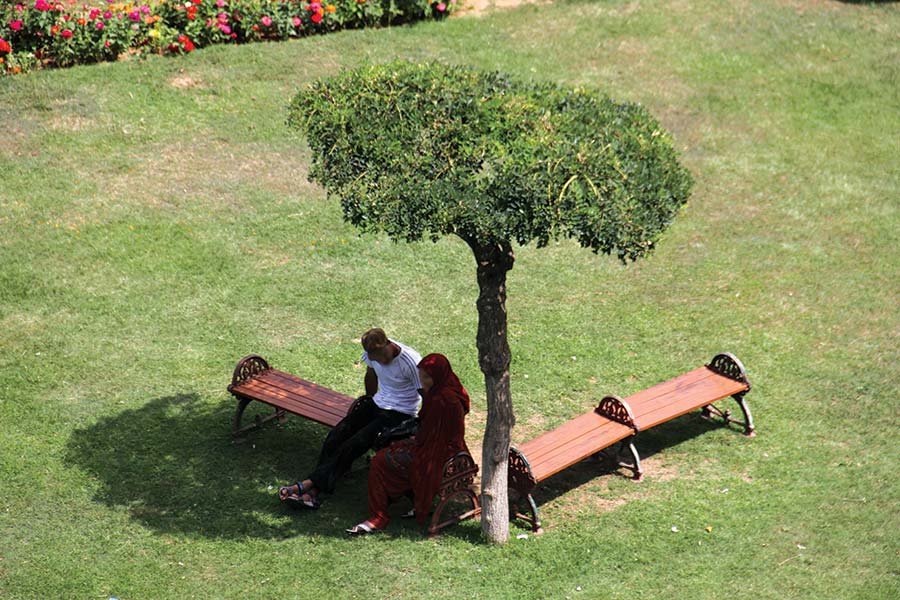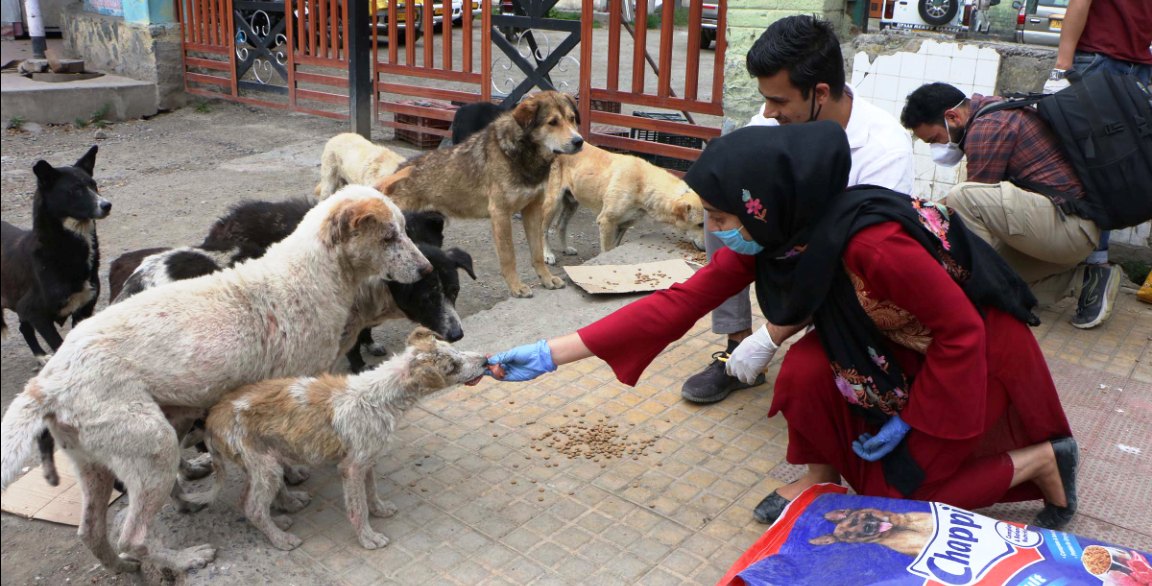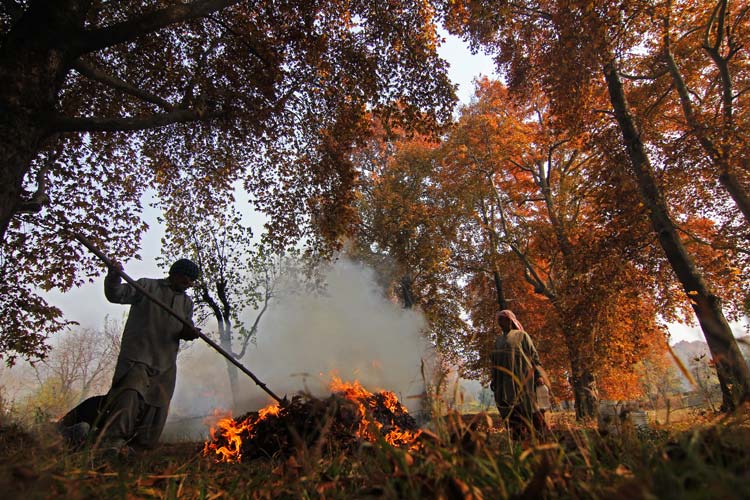SRINAGAR: The results of the tenth class that the Jammu and Kashmir Board of School Education released during the day has reiterated the larger reality that the private sector is doing better than the public sector schools in Kashmir. In fact, it also explains that the private sector is about to overtake the government-run chain even in absolute numerical terms.
The digital document that the Board circulated is a list lacking all the basics of a formal gazette notification, which makes it difficult to analyse the numbers it provides. It lacks school wise classification, which would have helped in understanding the performance of the schools in the private and public sectors. However, the details gathered from diverse sources offer some details.
Pass Percentage
A total of 57007 candidates were declared successful out of 72684, which makes a pass percentage of 78.43 per cent. Only 8139 candidates got A1 grade, followed by 11077 in A2, 12429 in B1, 13079 in B2, 10131 in C1 and 2137 in C2. Only 17 candidates managed their passage in D17 grade, the lowest.
The best districts which top the list of candidates with the best results are Pulwama at No 1, Shopian at No 2 and Srinagar at No 3.
In Pulwama 5410 of 5994 candidates (90.26 per cent) have passed their examination. This was followed by Shopian where 3182 of 3691 candidates (86.21 per cent) were declared successful. These two south Kashmir districts were followed by Srinagar where 8588 candidates – of the total 10069 candidates – were declared successful making it a pass percentage of 85.29 per cent.
This may be a very interesting study for experts about how the students in the twin south Kashmir districts performed better than all others when these are being seen as very disturbed. For most of the time, these districts suffer from internet outages.
Bandipore has fallen to the bottom of the list where only 1655 candidates from a total of 2561 managed to pass the examination thus pulling down the pass percentage to 64.632.
The pass percentage was 77.72 per cent for Anantnag. 75.20 for Baramulla, 79.55 per cent for Budgam, 74.44 for Ganderbal, 79.49 for Kulgam, 70.25 per cent for Kupwara.
No Difference
Unlike the twelfth standard examination, there was much difference between the pass percentage of boys and girls. Pf the 72684 candidates 37045 were boys and 35639 were girls. Of them, 28946 boys and 28061 girls were declared successful which makes a percentage of 78.14 and 78.74, respectively.
In the top berths, it was not a cakewalk for girls either as they have shared the top three positions with a number of boys as well.
Positions
Though the positions hardly matter but it helps kids to understand their capacities better. A search on the board provided list shows that there were 19 candidates who have bagged all the 500 marks. Most of them are girls but it was not immediately known to which schools they belonged to. There are six boys and 13 girls who shared the 500/500 mark.
Securing 499 marks emerged as the second position that was secured by 24 candidates.
Apparently, the third position was taken by 498 marks that 44 candidates shared. Interestingly 68 candidates took 497 marks each.
Private Better
Comparing the two parallel sectors teaching the same syllabus with a huge mismatch of resources and capacities, the private sector seemingly is doing better. Of 33963 candidates who appeared from the private sector schools, 30967 passed thus offering a successful percentage of 91.18 per cent.
In comparison, only 26040 candidates were declared successful from a total of 38721 candidates from various government schools. This makes a pass percentage of 67.25 per cent.
Ideally, this should gape should not have been at a whopping 23.93 per cent. Unlike government-run schools, the private sector is lacking the resources in infrastructure and human material.
Private Preference
Perhaps the dismal performance of the state-run educational chain is something that is a universal reality in Kashmir. That is perhaps why there is not a huge difference between the ennoblement at the level of metric. It is even more in the case of lower classes, especially at the entry level.
Of the 72684 candidates who wrote their examinations – 38721 were from government schools and 33963 from private schools. That means 46.72 per cent were from the private sector making a narrow difference of less than five per cent.
Interestingly, of the 10 Kashmir districts – in five districts private schools attract more students at the level of the tenth class than the government-run schools. These are Srinagar – where only one-fourth of the tenth class students go to the government schools, Shopian, Pulwama, Kulgam and Ganderbal. There is not much difference in the ennoblement in Anantnag. However, in Bandipore, Kupwara and Baramulla the government schools have huge numbers in comparison to the private-run institutions.















